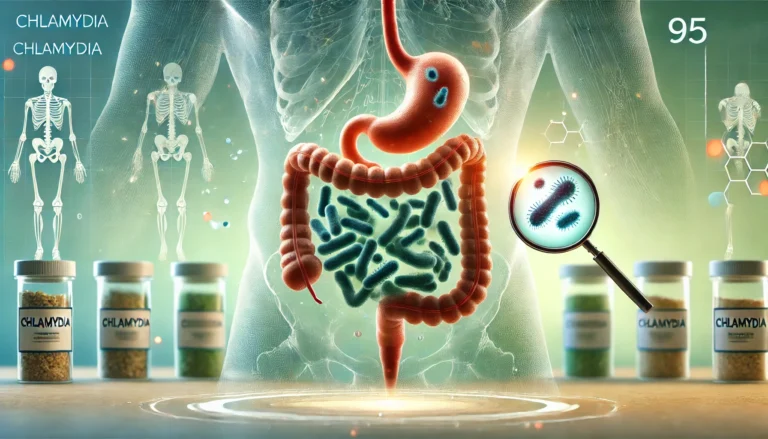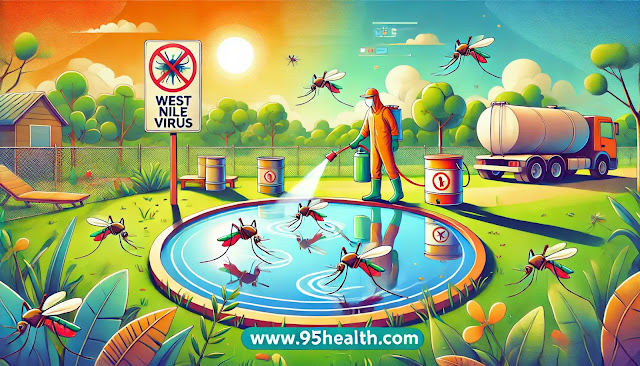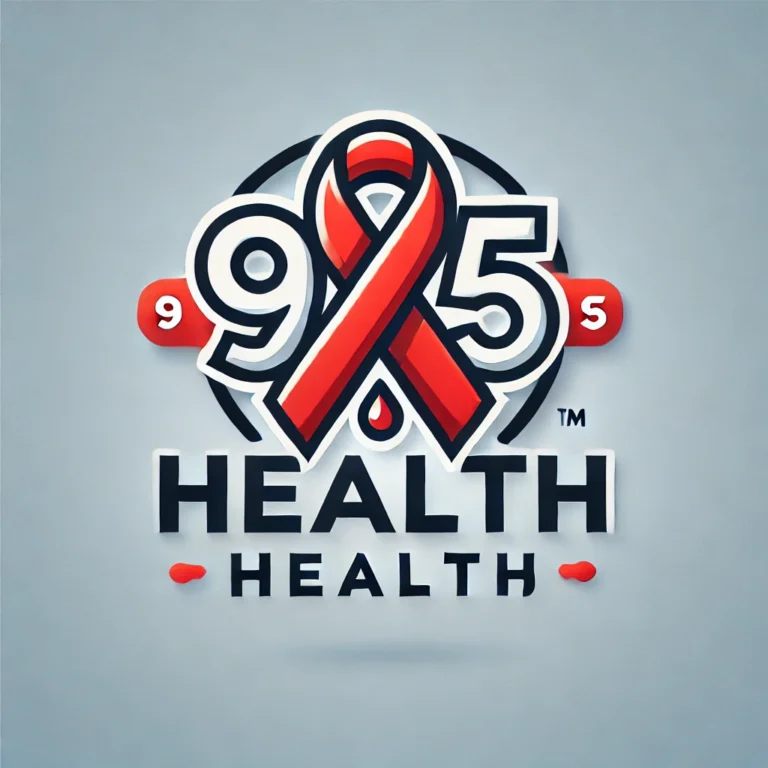West Nile Virus Warnings in the U.S
As summer progresses, health officials across the United States are issuing warnings about the West Nile virus (WNV), a mosquito-borne illness that poses significant health risks. The virus, which first appeared in the U.S. in 1999, has since become a recurrent seasonal threat. Here’s a comprehensive overview to help you stay informed and protected.
What is West Nile Virus?
West Nile virus is primarily spread by mosquitoes, which become infected when they feed on infected birds. These mosquitoes can then transmit the virus to humans and other animals through their bites. Humans are considered “dead-end hosts,” meaning they do not spread the virus further.
Symptoms and Diagnosis
Most people infected with WNV (about 80%) do not exhibit any symptoms. However, roughly 1 in 5 infected individuals may develop febrile illness, characterized by fever, headache, body aches, joint pains, vomiting, diarrhea, or rash. Severe symptoms, such as encephalitis or meningitis, affect about 1 in 150 people, leading to high fever, neck stiffness, stupor, disorientation, coma, tremors, seizures, and even paralysis. Older adults and those with underlying health conditions are at a higher risk of severe illness.
Diagnosis of WNV is typically based on clinical symptoms and a history of potential exposure to mosquitoes. Laboratory tests of blood or spinal fluid can confirm the infection.
Prevention
Preventing WNV infection primarily involves protecting yourself from mosquito bites. The CDC recommends using insect repellents containing DEET, picaridin, or oil of lemon eucalyptus, wearing long-sleeved shirts and pants, and ensuring that window and door screens are intact. Additionally, eliminating standing water around your home can help reduce mosquito breeding sites.
Treatment
There is no specific antiviral treatment for WNV. Management focuses on relieving symptoms through rest, fluids, and pain relievers. In severe cases, hospitalization may be required to provide supportive care, such as intravenous fluids and pain management.
Surveillance and Response
WNV is a nationally notifiable condition, and cases are reported to the CDC through state and local health departments. Surveillance data help track the virus’s spread and inform public health responses. This includes mosquito control efforts and public education campaigns.







